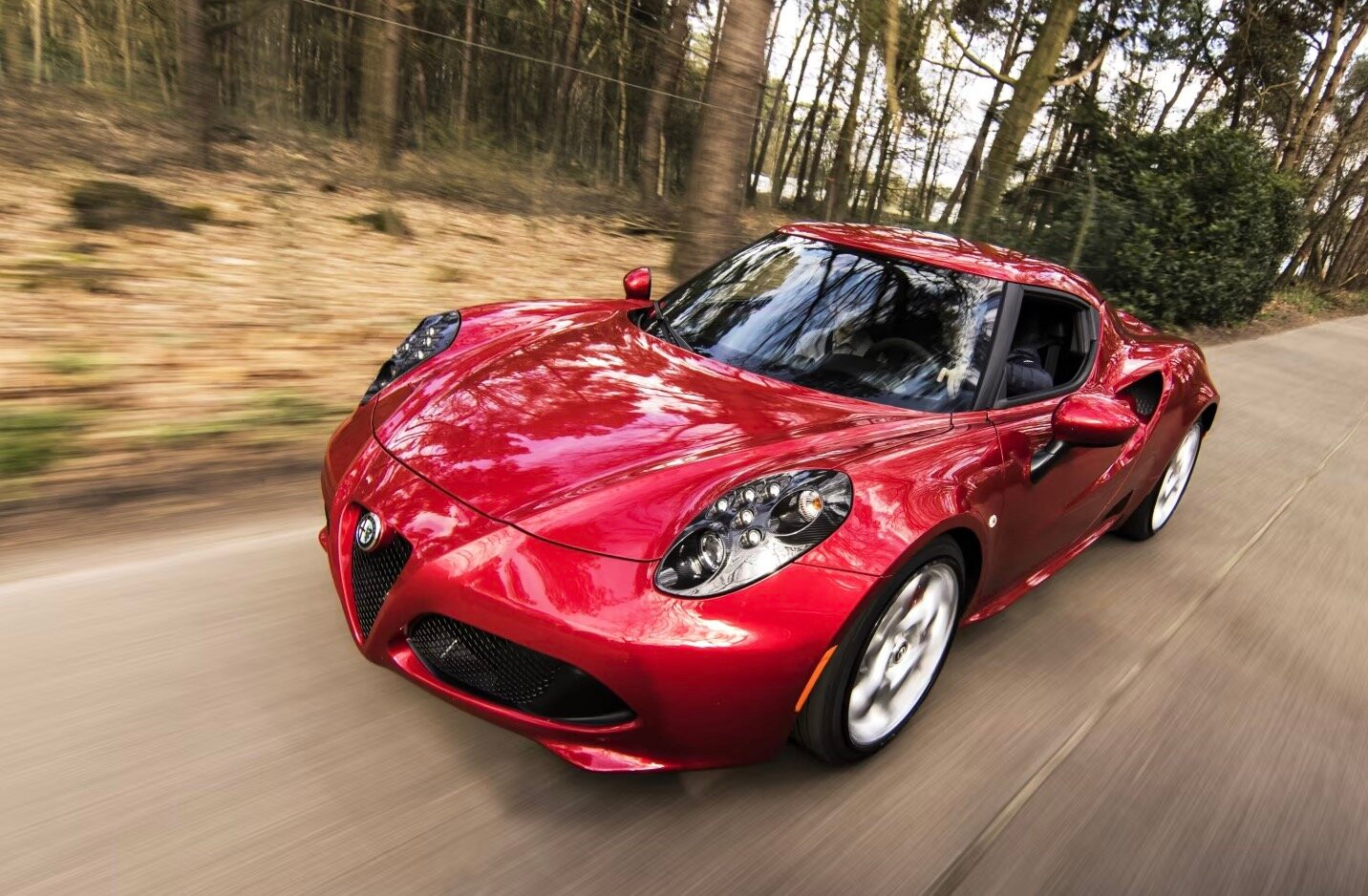Below are a few tips to help drivers save gas and prolong the life of their vehicles while driving long distances.
Keep the speed moderate
Many people think that the skill of driving to save gas is to drive slowly. However, in reality, this is not beneficial. Because when driving slowly, the engine speed is still at 1,000 - 3,000 rpm, the car shifts to a lower gear, the number of engine revolutions per km will be greater.
Meanwhile, driving fast has a disadvantage that there is more air resistance than driving slowly. When air resistance increases, the engine will have to work harder to overcome this resistance. This means consuming more fuel. According to a study, when the speed of a car is doubled, the air resistance will increase by four times.
So, keep an average speed while driving.

Illustration
Keep the throttle steady, avoid over-throwing
The most effective fuel-saving driving technique is to drive steadily and maintain a steady throttle. When the car is stable and maintains a steady throttle for a long time, it will optimize fuel consumption. On the contrary, if the car often increases and decreases the throttle suddenly or steps on the gas pedal suddenly, it will cause the car to consume more fuel.
Keeping the throttle steady here is not necessarily talking about speed but more precisely talking about engine rpm. When the engine rpm is stable, not increasing/decreasing continuously, the vehicle will save fuel. On the contrary, if you step on the accelerator frequently, causing the engine rpm to increase, the vehicle will consume more fuel. Therefore, to save fuel, try to keep the throttle steady, avoid stepping on the accelerator after starting the vehicle, after braking or after stopping at a red light...
Accelerate slowly
The faster your car accelerates, the more fuel it uses. So to keep fuel usage as low as possible, accelerate slowly and deliberately.
Avoid going too fast
Driving at speeds between 50km/h and 80km/h will save fuel more effectively for most cars. When the car exceeds 80km/h, it will consume more fuel. For example, when driving at 120km/h, it will consume about 20% more fuel than when driving at 100km/h.
Avoid sudden braking
When driving on the road, you need to observe the traffic situation ahead to be able to make quick and timely judgments to slow down or speed up. Avoid stopping too suddenly or braking too hard, instead release the accelerator to slow down gradually. This method not only saves fuel for the car but also protects yourself.
Ensure tire pressure
If the tire is under-inflated, the car will need more fuel to operate. Users must ensure that the car tires are inflated to the recommended pressure from the manufacturer, because not only does it save fuel, tires with the correct pressure also help the driver control the car more smoothly, ensuring that it does not slip on the road.
Regular maintenance
Regular vehicle maintenance such as oil changes, brake system checks... will contribute significantly to vehicle operation, helping the vehicle run well and reduce fuel consumption.
According to VTC News